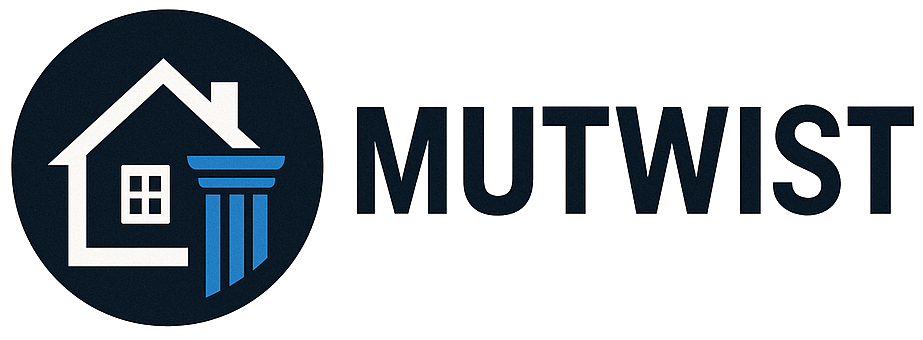Modern businesses operate in a complex economic environment where financial decisions must weigh immediate costs against future benefits. One of the fundamental tools in this decision-making process is the discounting and revaluation rate — a financial concept that significantly influences investment appraisal, financial reporting, asset valuation, and long-term strategy.
Governments and regulators also use discount and revaluation rates to design incentives that encourage or discourage certain types of corporate behavior, such as investing in green energy, innovation, infrastructure, or long-term employment. As such, understanding how discounting and revaluation rates function — and how they are used as levers of business incentives — is crucial for both financial managers and policymakers.
This article explores the concept of discounting and revaluation rates, their application in business decision-making, their use in public policy, and their broader implications for economic growth, sustainability, and innovation.
- What Is a Discounting Rate?
A discounting rate is the interest rate used to determine the present value (PV) of future cash flows. In other words, it is a rate used to “discount” future income or costs to reflect their value in today’s terms.
Formula:
PV = FV / (1 + r)^n
Where:
PV = Present Value
FV = Future Value
r = Discount rate
n = Number of periods
Applications in Business:
Capital budgeting (Net Present Value and Internal Rate of Return analysis)
Asset impairment testing
Long-term financial planning
Employee benefits valuation (e.g., pension obligations)
Lease accounting under IFRS 16 and ASC 842
The discount rate reflects the cost of capital, inflation expectations, risk profile, or regulatory benchmarks — depending on the context.
- Revaluation Rate: Accounting and Asset Management
The revaluation rate is commonly used in accounting to adjust the value of assets on the balance sheet, reflecting changes in market conditions or economic assumptions.
Use Cases:
Property, plant, and equipment (PPE) under revaluation models in IFRS (IAS 16)
Fair value adjustments for investment properties (IAS 40)
Biological assets or natural resources whose value fluctuates with markets
Regulatory revaluations for utilities or monopolies (e.g., electricity grids)
Objective:
Ensure that financial statements present a true and fair view of a company’s economic position.
Reflect replacement costs or market-based valuation over historical costs.
Incentives are often tied to these revaluations when governments adjust asset valuations for tax purposes or to calculate depreciation allowances.
- Discounting and Business Incentives: A Policy Tool
Beyond corporate finance, discounting rates are powerful instruments in public policy and government incentives. By altering discount rates in rules or subsidies, governments can influence business behavior in key areas:
A. Environmental and Green Investments
Governments often use lower discount rates in cost-benefit analyses for green or low-carbon projects to increase their economic attractiveness. Similarly, carbon pricing mechanisms or environmental incentives are often modeled using low social discount rates to reflect the intergenerational impact of climate action.
Example:
A solar energy project with long payback may appear unattractive under a 10% discount rate but profitable under a 3% rate.
B. Infrastructure and Public-Private Partnerships (PPPs)
Discount rates play a central role in assessing long-term infrastructure projects. Public authorities may allow discounted financing, guaranteed returns, or deferred taxation to attract private capital into transport, water, or broadband infrastructure.
C. Innovation and R&D Tax Incentives
In R&D incentives, governments may use discounting mechanisms to accelerate tax deductions for intangible assets or allow higher depreciation rates, effectively front-loading benefits to incentivize investment.
- Setting the Right Rate: Who Decides?
The appropriate discount or revaluation rate depends on the regulatory framework, accounting standards, and sector-specific practices.
A. Private Sector
WACC (Weighted Average Cost of Capital): Used as the standard discount rate for internal financial modeling.
Risk-adjusted rate: For projects with uncertain outcomes or future payoffs.
B. Public Sector and Standards Bodies
Social discount rate: Used in government cost-benefit analysis (typically 3–5%).
Regulatory rates: Set by national regulators (e.g., for pensions or insurance liabilities).
Tax authorities: Set revaluation multipliers or rates for tax deferrals and asset valuations.
For instance, EU directives and OECD guidelines often provide reference discount rates for cross-border projects or transfer pricing.
- The Double-Edged Sword of Discounting
Positive Effects:
Encourages capital efficiency by prioritizing high-return projects
Supports risk management through clearer evaluation of future uncertainty
Provides tools for policy targeting (e.g., encouraging innovation or green energy)
Negative Effects:
Short-term bias: High discount rates may undervalue long-term investments (e.g., sustainability, R&D)
Underinvestment in climate resilience: When future benefits are heavily discounted, firms may skip essential climate-proofing investments
Barrier to SMEs: Small businesses with limited access to low-cost capital may be disincentivized from long-term investments
- Global Trends and the Evolving Role of Discounting
A. ESG and the Rise of Long-Term Thinking
As ESG (Environmental, Social, Governance) priorities take hold, more businesses and governments are reevaluating the role of discount rates in strategic planning. Some call for differentiated rates that value long-term social and environmental returns more than short-term cash flows.
B. Inflation and Interest Rate Volatility
The recent global cycle of inflation and interest rate increases has forced companies to adjust discount rates upward, impacting:
Asset valuations (particularly in real estate and infrastructure)
Long-term liabilities like pensions and leases
Investment decision-making in capital-intensive industries
C. Digital Assets and Intangibles
The growing share of intangible assets in business value (e.g., IP, data, brand equity) requires new valuation models, where discounting methods are still evolving and subject to greater uncertainty.
- Best Practices for Businesses
To maximize the benefit of discounting and revaluation tools, businesses should:
Regularly reassess their discount rates, especially in volatile economic climates
Align discount rates with strategic objectives, not just WACC benchmarks
Consider dual-track modeling (short-term vs. long-term) in project appraisals
Collaborate with tax and regulatory advisers to identify rate-based incentives
Integrate non-financial factors (e.g., carbon cost, resilience metrics) into NPV models
Conclusion
Discounting and revaluation rates are more than accounting mechanisms or investment formulas — they are strategic levers that shape how businesses allocate capital, manage risks, and pursue innovation. When used effectively, they provide a powerful lens through which businesses can evaluate future opportunities and align with long-term economic, social, and environmental goals.
Governments, too, can influence the trajectory of the private sector by calibrating discount and revaluation rates to encourage investment in targeted areas, particularly as the world transitions to a more sustainable and digital economy.
As global markets evolve and expectations shift toward long-term value creation, businesses that understand and apply discounting and revaluation strategies wisely will be better positioned to thrive in the future economy.




